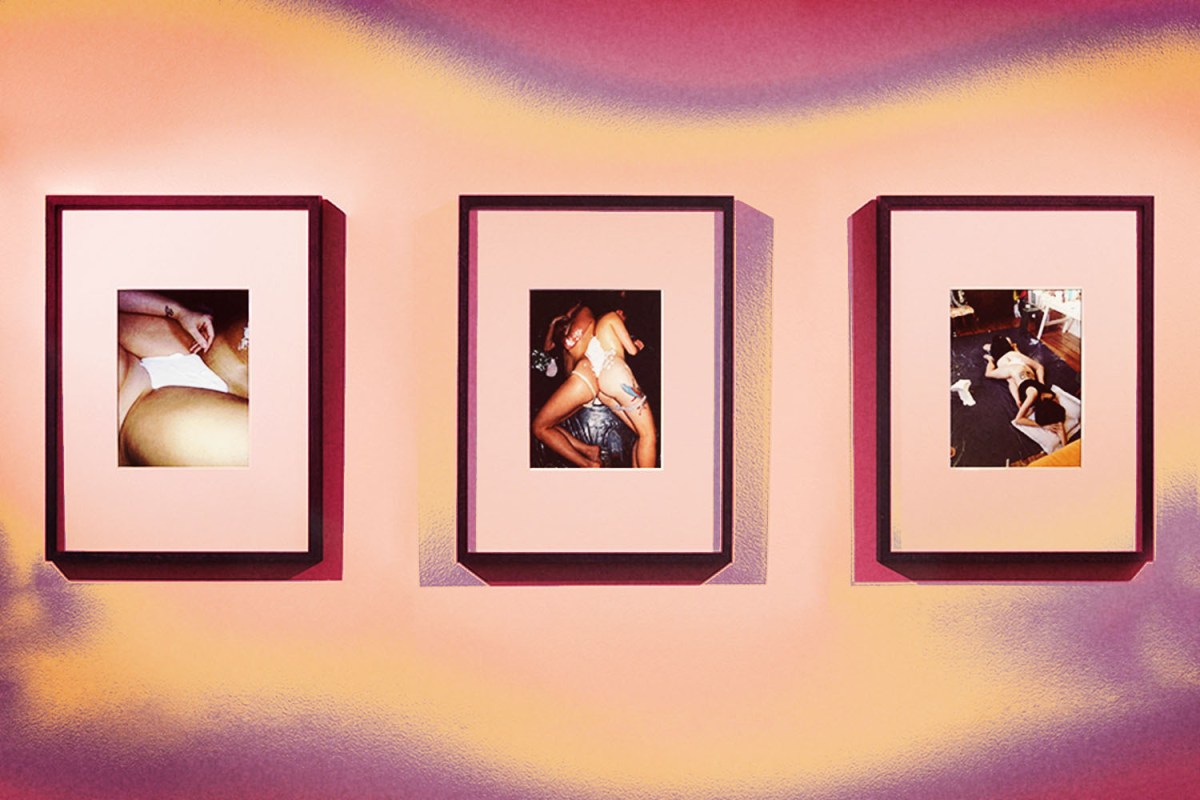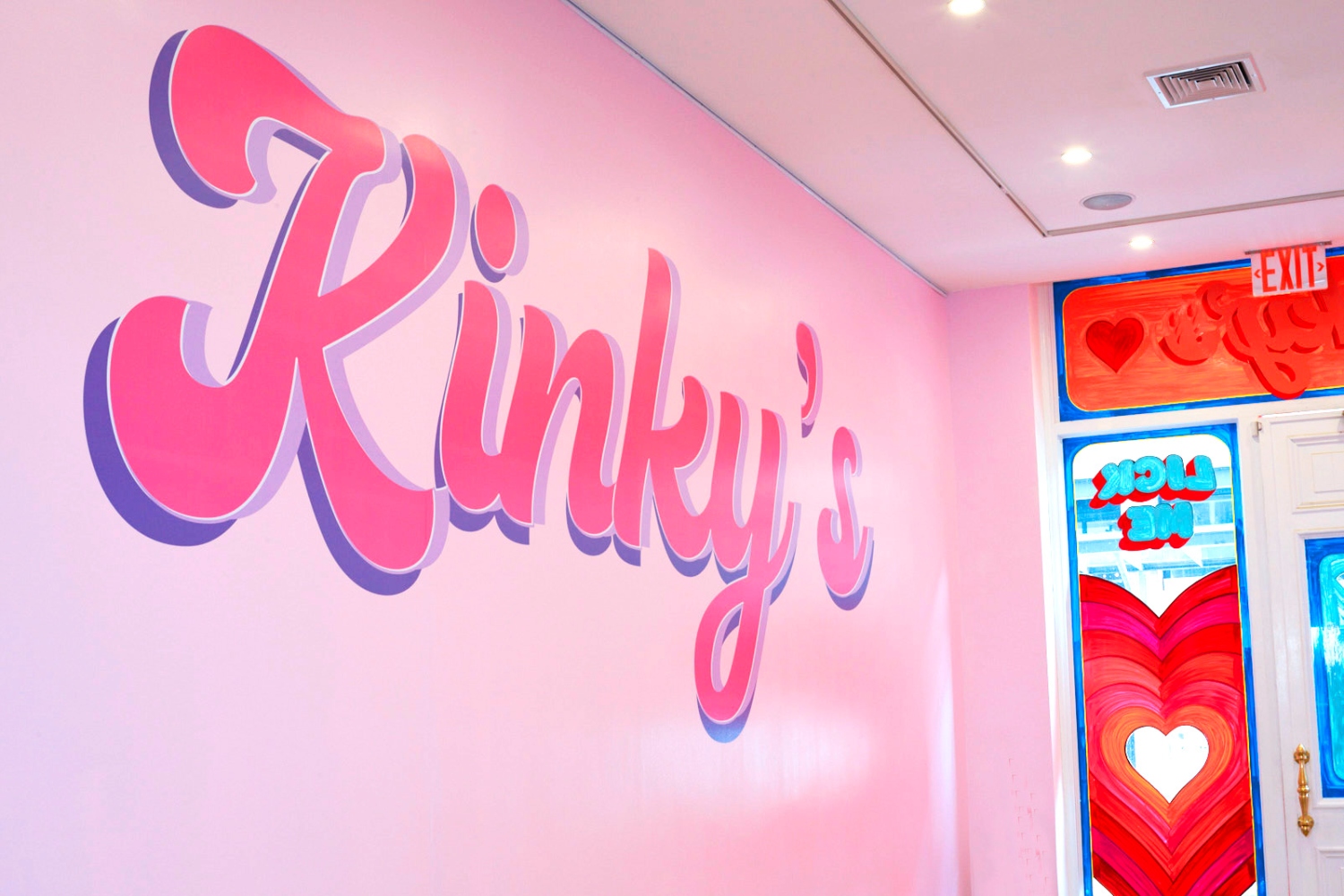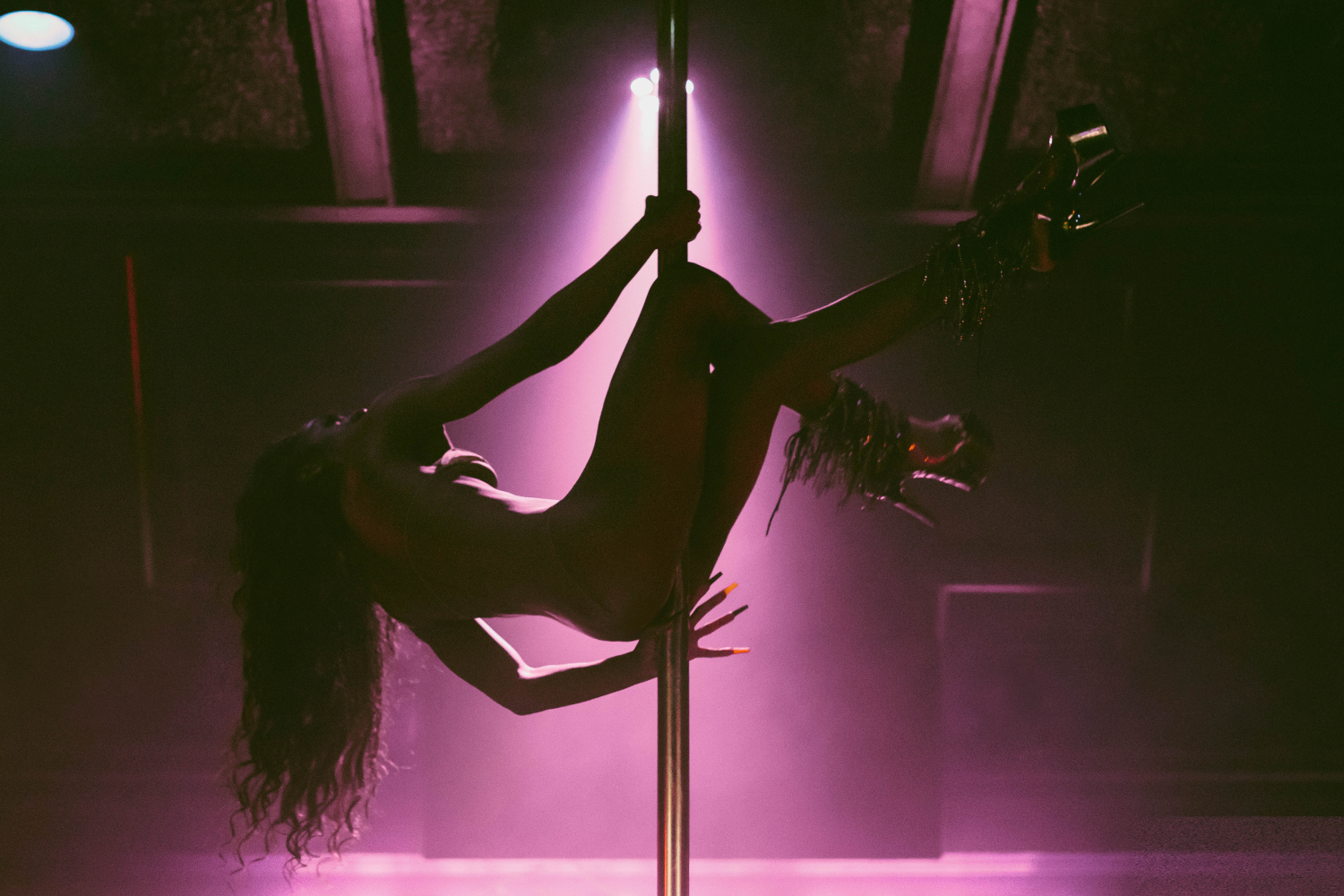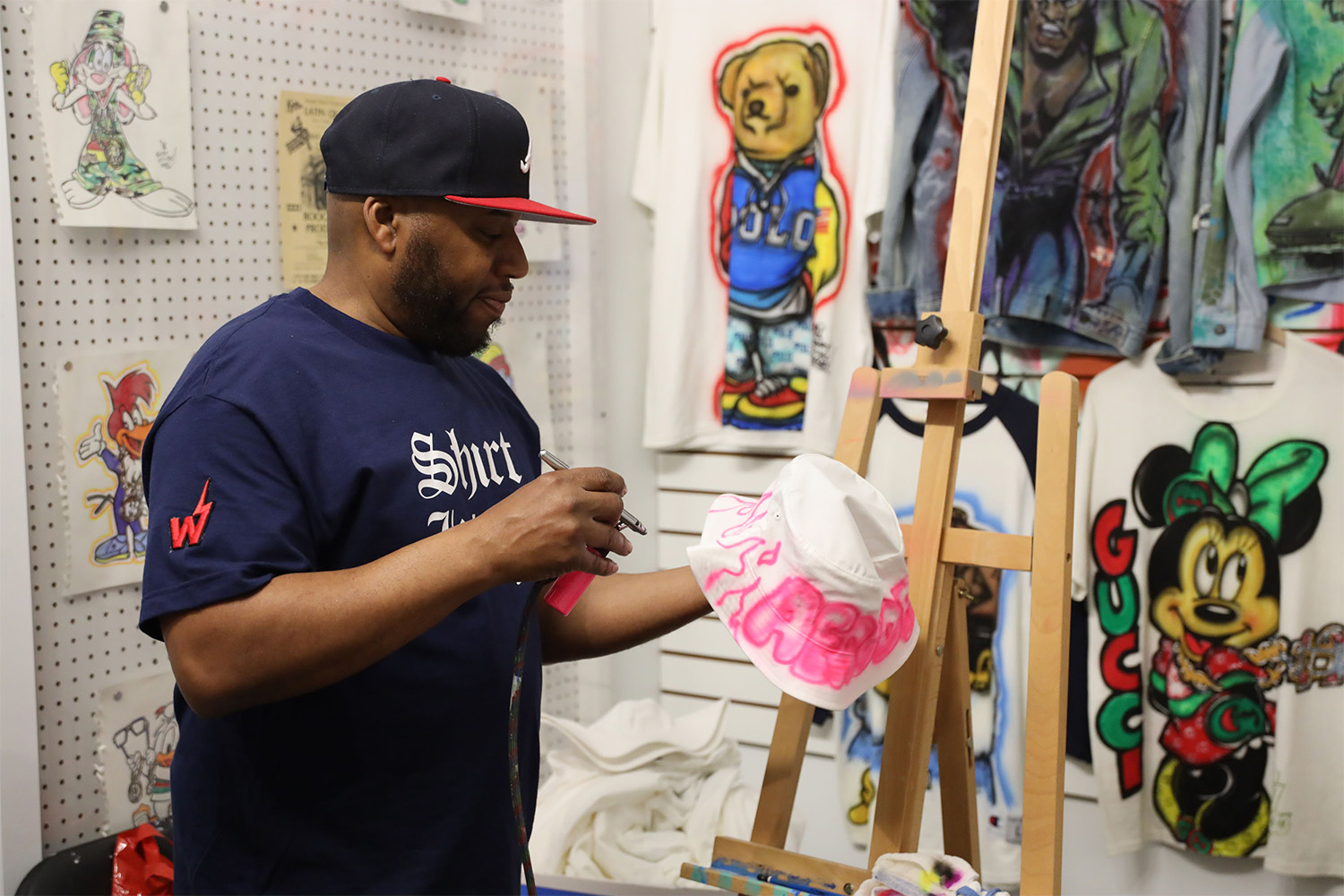There’s a glimpse of a muscular thigh against a Suzuki motorcycle, a leather studded hat on a face obscured in shadow, a length of black chain resting near a set of vulnerable hands. When I look at artist Pacifico Silano’s “Easy Rider,” I get it. Silano brings together subsections of images culled from his collection of vintage gay pornography, and, in doing so, “creates work that is obliquely erotic, always suggesting pornographic action,” according to the Museum of Sex.
It’s the power of suggestion that’s operating at full force here, inviting us to put together stories of our own eroticism. But such an idea functions not just in Silano’s work specifically, but throughout the aforementioned museum’s new exhibition in general. Lovingly called “F*ck Art: The Body and Its Absence,” the exhibition understands that the erotic lives as much in our visual encounters as in our mental ones, stimulating whether present or absent in physical form.
A night at “F*ck Art” is soundtracked by the ambient noise of chatting couples, giggling bachelorette parties and the heavy breaths of a pornographic art film made by filmmaker cherry brice, jr. Open until midnight on weekends, the museum is as much for a date night as a girls’ night as an art night. The Museum of Sex doesn’t just occupy these spaces, but leans into them. There’s an aspect of play, but also an encouragement of a deeper understanding.
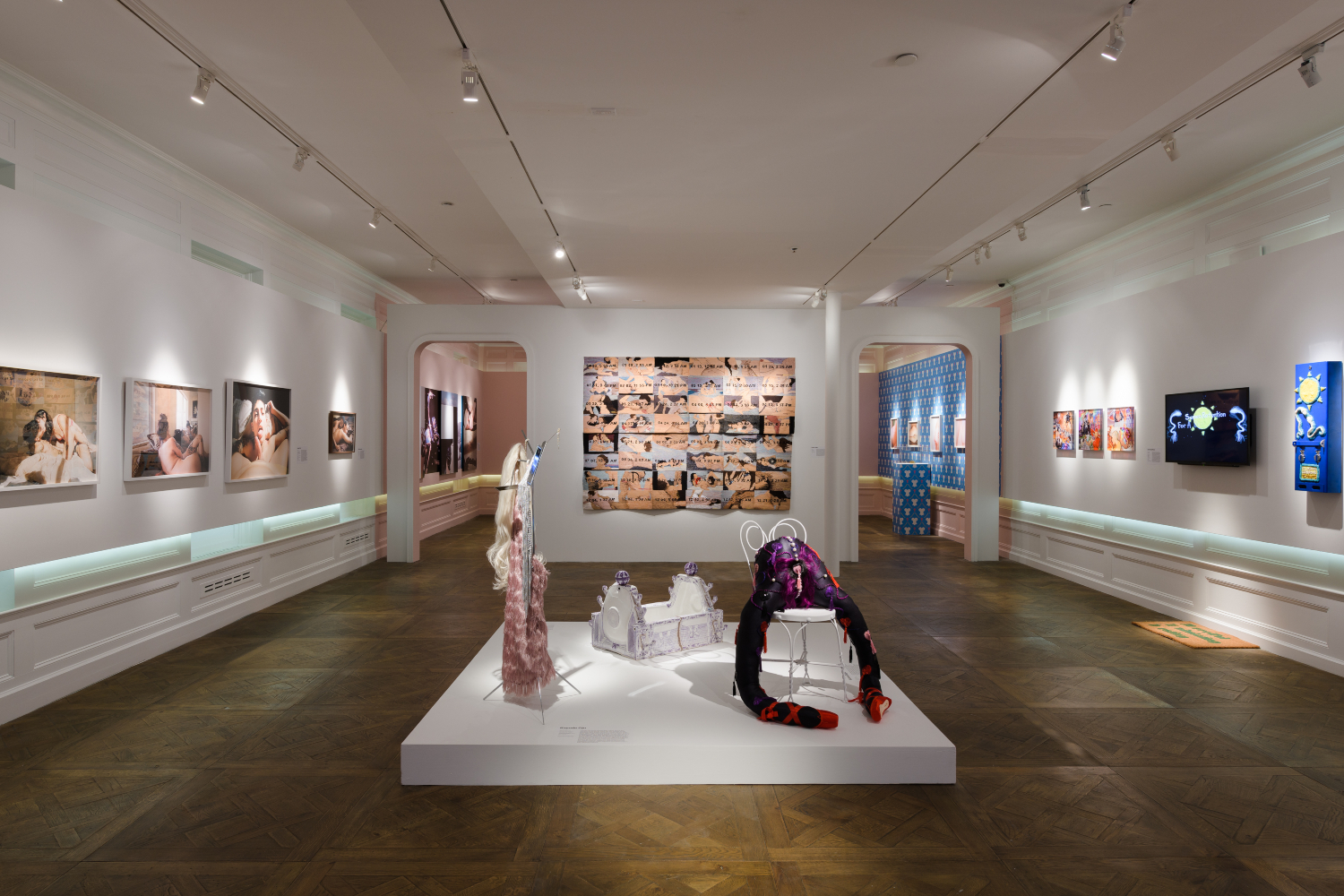
“I often feel that dynamic is what makes it such an accessible museum to people,” says consulting curator Emily Shoyer. “People will come to the Museum of Sex on a Saturday night for date night. And they’ll do that because they can both come in and have an interesting dialogue around the violent history of the J. Marion Sims gynecological tool that we have on view, but also then go and jump on a boob bouncy house, and that dichotomy reflects the full history and breadth of sexuality.”
This aligns with the museum’s mission statement, “to enable people to feel like they can openly discuss and openly experience all of the complexity of sex and sexuality historically present and in themselves,” Shoyer says, a mission that’s also on view in “F*ck Art.” Through this exhibition, some audiences may see many of these living, early-to-mid career artists for the first time. “It’s a really cool opportunity to expose them to really cutting edge art by living artists whose careers will be impacted by that exposure. So we see that this is really amplifying their work and their practice that way,” she says.
The exhibition, presented as a biennial of sorts, actually made its debut 10 years ago. The original “F*ck Art” responded to the Occupy Wall Street movement and invited street artists to “occupy the museum and display their really unabashedly sexual, erotic, subversive street artwork in the space,” according to Shoyer. “I think the title really does include both the suggestion that the work deals with fucking, with sex, but also has a little bit of that cheekiness, that playfulness, of ‘fuck art’… let’s actually disrupt our perception of what art is and what art can be.”
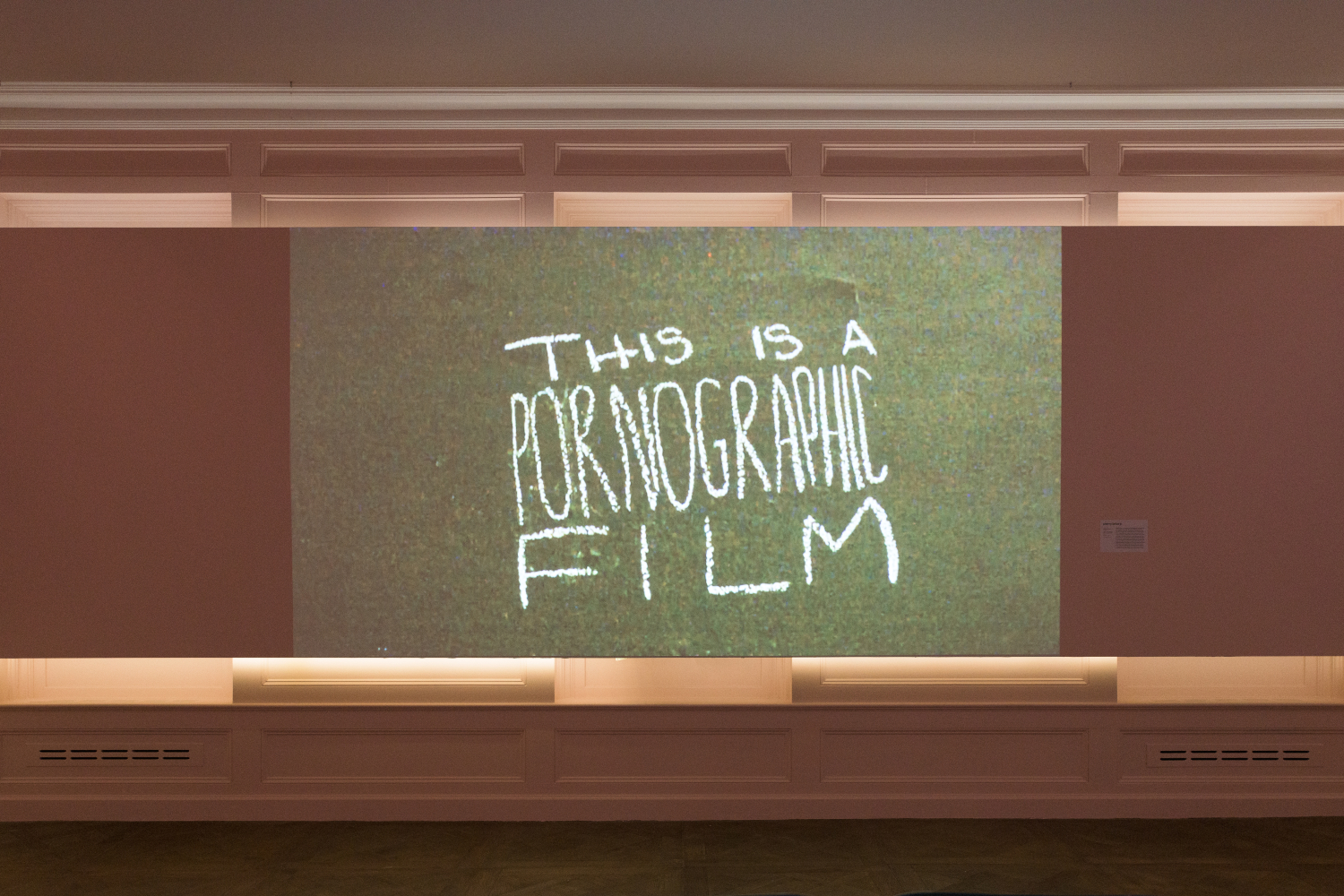
The new show does the same but with a different spin. This time, after assembling an ongoing list of artists whose work also dealt with an unabashed sexuality, Shoyer and curator Eve Arballo assembled an exhibition where artists across multiple genres push “the boundaries of artistic expression through both the actual work itself and through their own sexual selves and sexual identities as reflected in those pieces,” Shoyer says.
The idea of “The Body and Its Absence” emerged in response to the different ways artists took on the ideas of the erotic in their work, both more explicitly and more indirectly. The premise of the exhibition reminds me of Alfred Hitchcock’s filmmaking philosophy. To create a feeling in the audience the director preferred to limit information and let the audience’s imagination run wild. Whatever was happening in their minds might be far more powerful on screen than if he showed it to them. The same can happen with erotic art: you get one type of story with the presence of the body, one that’s maybe more literal and another with its absence (which can be more figurative) where there’s more room for interpretation.
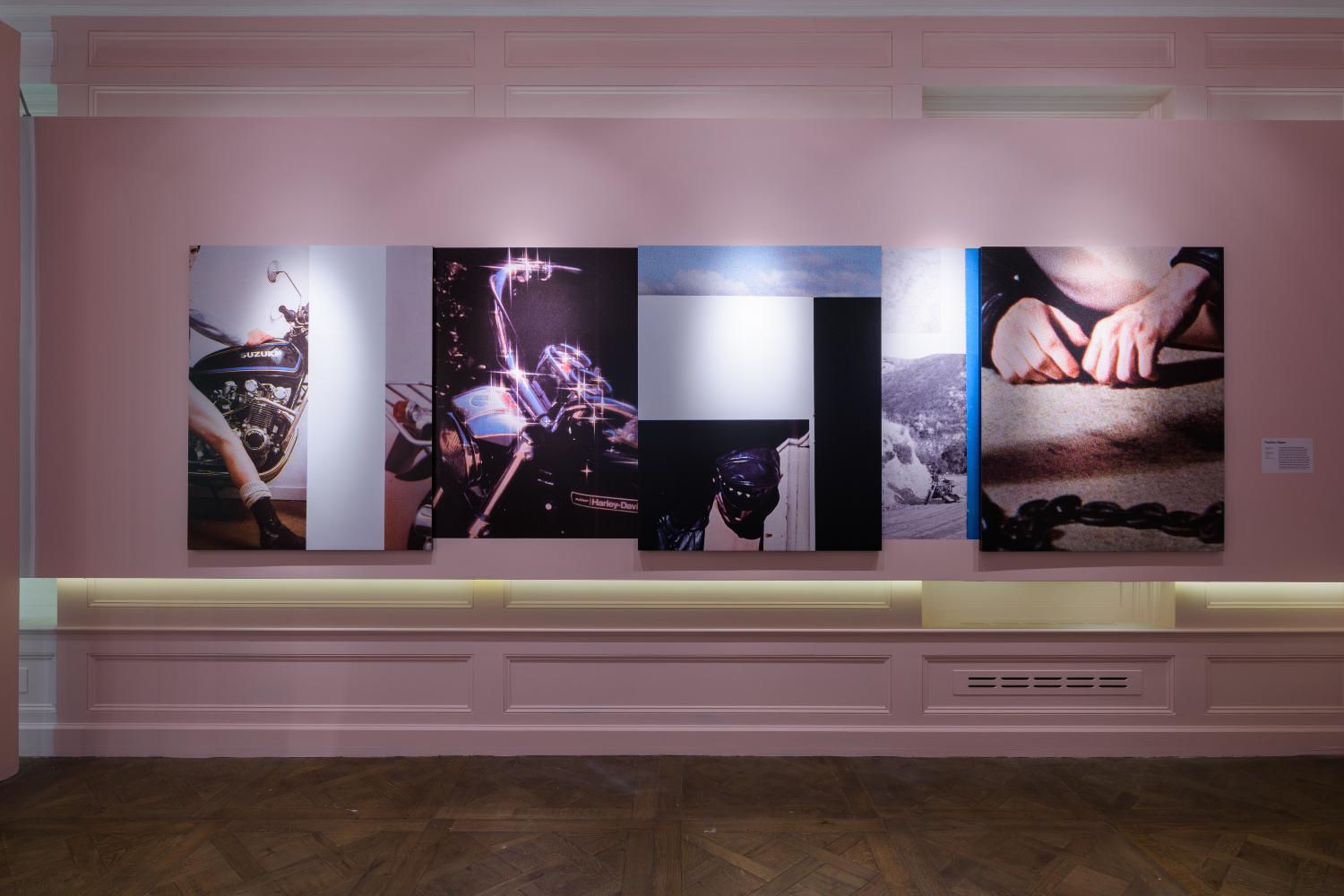
Throughout the course of “F*ck Art” we’re offered both types of presentations. Alina Perez’s “The Disappearing Act” is a pastel, one woman’s fist disappeared inside another’s body. Jimena Croceri’s sculptures are made in sessions between two nude or partially nude people, plaster poured into spaces left between their bodies. The photographs of Croceri’s process are on view along with the sculptures, which present nameless yet intimate curves and folds. In a glass case, Pixy Liao shares the piece, “Hope from a Collection of Penises,” for which she had her partner make 100 tiny penises, one of which is on view — an act of erotic power we can’t see in the form of art we can.
“It just shows how nuanced our sexual selves are,” Shoyer says. “I feel like our society is becoming more open and accepting of the nuance, fluidity and complexity of sexual desire.” At the Museum of Sex, artists are invited to lean into this increasingly sex-forward culture, “to explore their sexual selves openly and freely without censorship in a really exciting space that demonstrates that social shift.”
I wonder what the couples traversing the gallery sporting matching pink hair or smart sneakers and sweats think as they look at the work, strolling hand-in-hand, sharing quiet whispers and pointing fingers, hands gesturing at canvases and sculptures. I wonder what discussions they’ll have about “F*ck Art” once they leave — or if they’ll just f*ck, instead. If it were up to the museum, perhaps it would be both.
Whether you’re looking to get into shape, or just get out of a funk, The Charge has got you covered. Sign up for our new wellness newsletter today.
